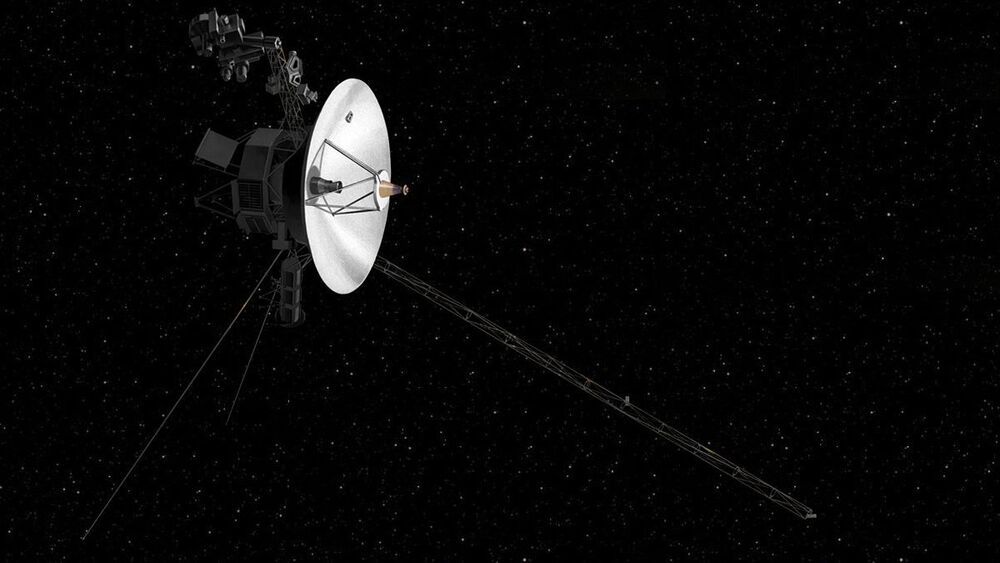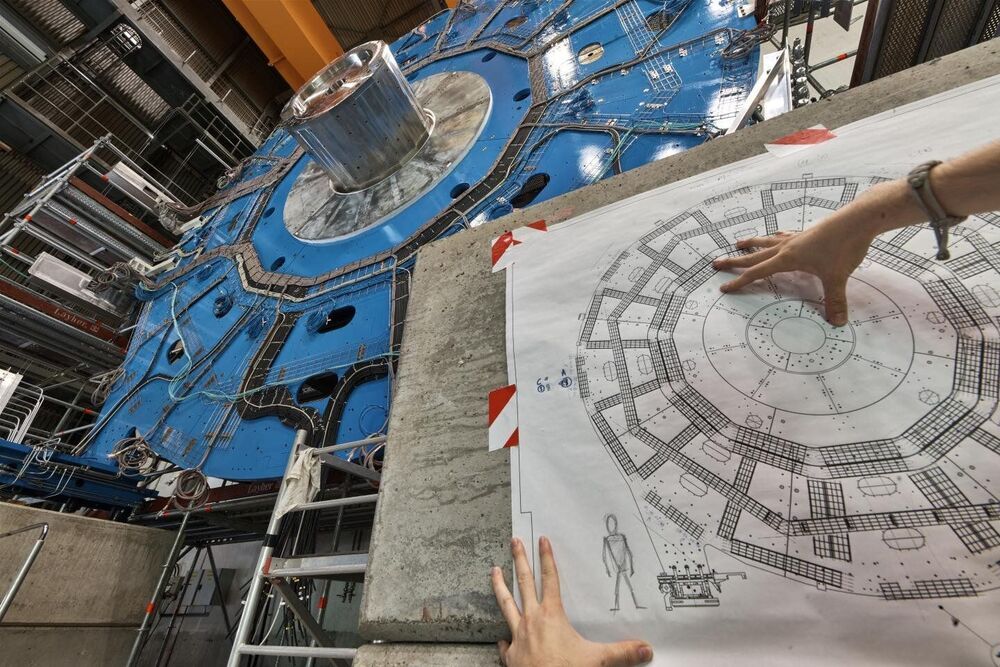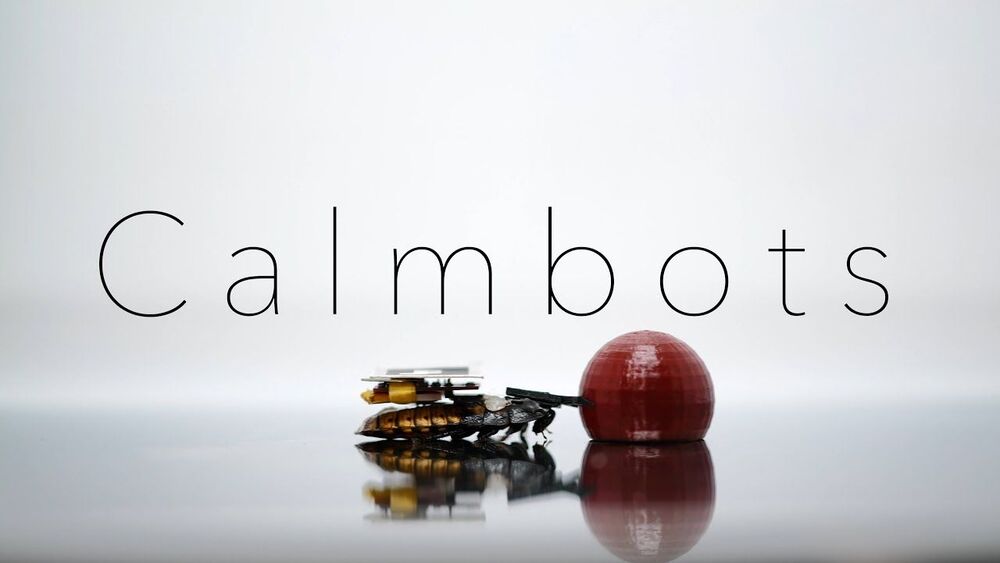This marks the first time a major Windows ransomware strain has been ported to Linux to aid hackers in their targeted intrusions.
Boeing has hired a former SpaceX and Tesla executive with autonomous technology experience to lead its software development team.
Effective immediately, Jinnah Hosein is Boeing’s vice-president of software engineering, a new position that includes oversight of “software engineering across the enterprise”, Boeing says.
“Hosein will lead a new, centralised organisation of engineers who currently support the development and delivery of software embedded in Boeing’s products and services,” the Chicago-based airframer says. “The team will also integrate other functional teams to ensure engineering excellence throughout the product life cycle.”
Tesla (TSLA) has received a massive new order of Tesla Semi electric trucks from a truck-leasing company.
It might be its biggest order for the Tesla Semi program yet.
When Tesla launched the Tesla Semi in 2017, the automaker used the same reservation model that made it successful with passenger electric vehicles.
Twenty straight years of life in space makes the ISS the ideal “natural laboratory” to understand how societies function beyond Earth.
The ISS is a collaboration between 25 space agencies and organisations. It has hosted 241 crew and a few tourists from 19 countries. This is 43% of all the people who have ever travelled in space.
As future missions to the Moon and Mars are planned, it’s important to know what people need to thrive in remote, dangerous and enclosed environments, where there is no easy way back home.
Dr. Frank Marks, Director of the Hurricane Research Division, National Oceanic and Atmospheric Administration (NOAA), discussing improved forecasting technologies.
Ira Pastor, ideaXme life sciences ambassador and founder of Bioquark interviews Dr. Frank D. Marks, MS, ScD, Director of Hurricane Research Division, at NOAA.
Ira Pastor comments:
Weather and climate disasters affect the world’s population.
The total approximate cost of damages from weather and climate disasters in the U.S. alone from 1980 to 2019, is over $1.75 trillion, and a major component of that damage results from hurricanes.
Zap it o.o
Astronomers say they’ll have to keep an eye on the near-Earth asteroid Apophis to see how much of a danger the space rock poses to our planet during a close pass in 2068.
Another argument for government to bring AI into its quantum computing program is the fact that the United States is a world leader in the development of computer intelligence. Congress is close to passing the AI in Government Act, which would encourage all federal agencies to identify areas where artificial intelligences could be deployed. And government partners like Google are making some amazing strides in AI, even creating a computer intelligence that can easily pass a Turing test over the phone by seeming like a normal human, no matter who it’s talking with. It would probably be relatively easy for Google to merge some of its AI development with its quantum efforts.
The other aspect that makes merging quantum computing with AI so interesting is that the AI could probably help to reduce some of the so-called noise of the quantum results. I’ve always said that the way forward for quantum computing right now is by pairing a quantum machine with a traditional supercomputer. The quantum computer could return results like it always does, with the correct outcome muddled in with a lot of wrong answers, and then humans would program a traditional supercomputer to help eliminate the erroneous results. The problem with that approach is that it’s fairly labor intensive, and you still have the bottleneck of having to run results through a normal computing infrastructure. It would be a lot faster than giving the entire problem to the supercomputer because you are only fact-checking a limited number of results paired down by the quantum machine, but it would still have to work on each of them one at a time.
But imagine if we could simply train an AI to look at the data coming from the quantum machine, figure out what makes sense and what is probably wrong without human intervention. If that AI were driven by a quantum computer too, the results could be returned without any hardware-based delays. And if we also employed machine learning, then the AI could get better over time. The more problems being fed to it, the more accurate it would get.
There’s never been a radio silence quite like this one. After long months with no way of making contact with Voyager 2, NASA has finally reestablished communications with the record-setting interstellar spacecraft.
The breakdown in communications – lasting since March, almost eight months and a whole pandemic ago – wasn’t due to some rogue malfunction, nor any run-in with interstellar space weirdness (although there’s that too).
Borrowing a page from high-energy physics and astronomy textbooks, a team of physicists and computer scientists at the U.S. Department of Energy’s Lawrence Berkeley National Laboratory (Berkeley Lab) has successfully adapted and applied a common error-reduction technique to the field of quantum computing.
In the world of subatomic particles and giant particle detectors, and distant galaxies and giant telescopes, scientists have learned to live, and to work, with uncertainty. They are often trying to tease out ultra-rare particle interactions from a massive tangle of other particle interactions and background “noise” that can complicate their hunt, or trying to filter out the effects of atmospheric distortions and interstellar dust to improve the resolution of astronomical imaging.
Also, inherent problems with detectors, such as with their ability to record all particle interactions or to exactly measure particles’ energies, can result in data getting misread by the electronics they are connected to, so scientists need to design complex filters, in the form of computer algorithms, to reduce the margin of error and return the most accurate results.
Article. Reasearchers from Japan are making cyborg cockroaches. 😃 The article has videos as well.
I guess it’s justified considering roaches are some of the most resilient organisms on our planet. Are you ready for the cyber-roaches?
😃
Japanese researchers say turning cockroaches into an army of insect cyborgs could be useful in a variety of ways.








